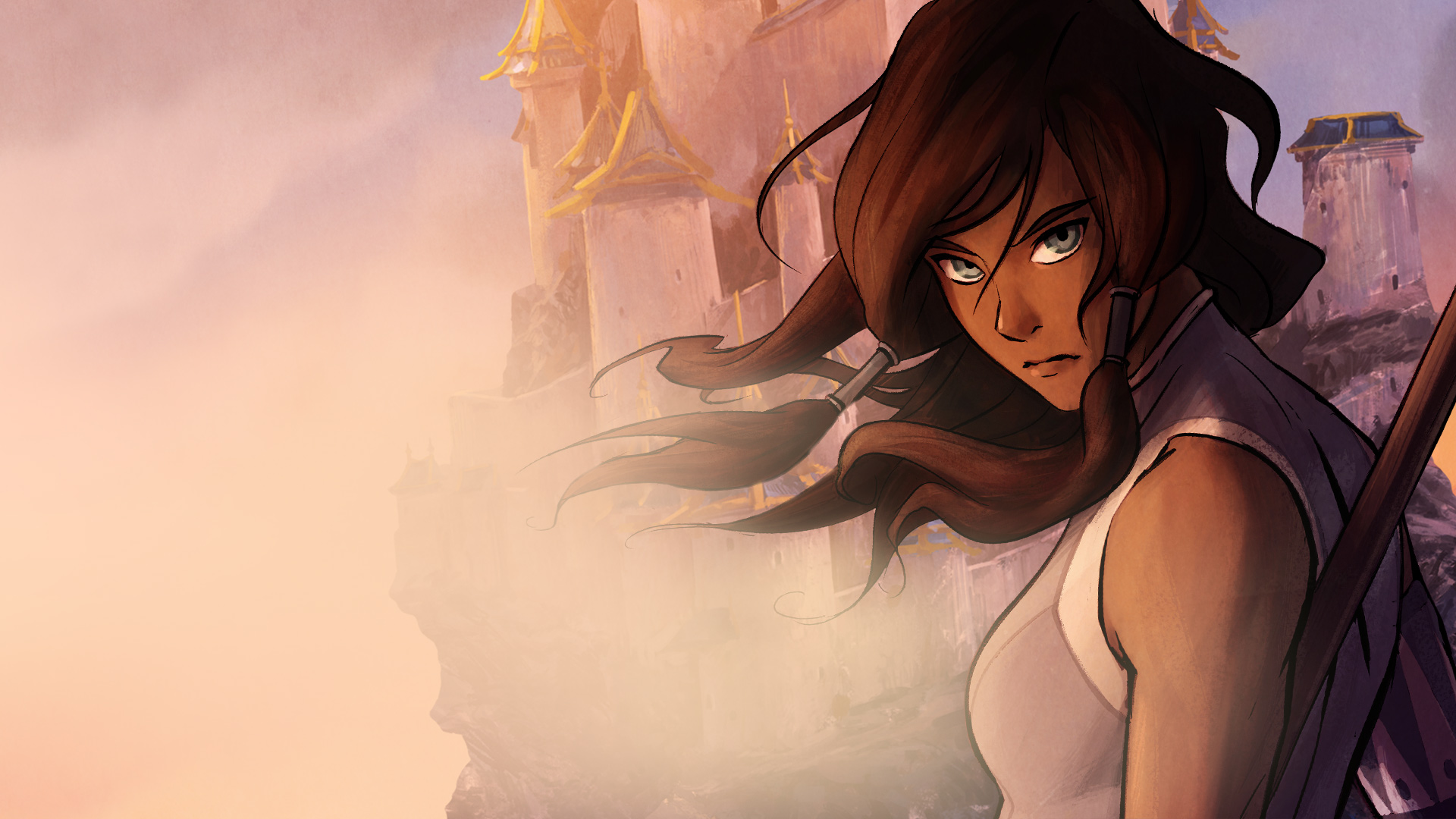Table of Contents Show
It’s easy to see why Avatar: The Last Airbender is one of the most beloved and popular shows of all time. Lovable characters, clever and funny writing, a rich and well-developed world, and a captivating plot that touched on serious issues such as colonization, genocide, and the scars that war leaves behind all combined to create a show that’s withstood the test of time and remains a staple of pop culture. After the smash success of ATLA, co-creators Michael DiMartino and Bryan Konietzko had a lofty new project on their hands: creating a sequel to the beloved original series. The Legend of Korra was originally a mini-series, only meant to last for a single season. As Nickelodeon ordered more seasons, multiple problems with production popped up; as with any piece of media, discourse ran wild on social media, with viewers tearing the sequel apart and unable to stop comparing it to the original.
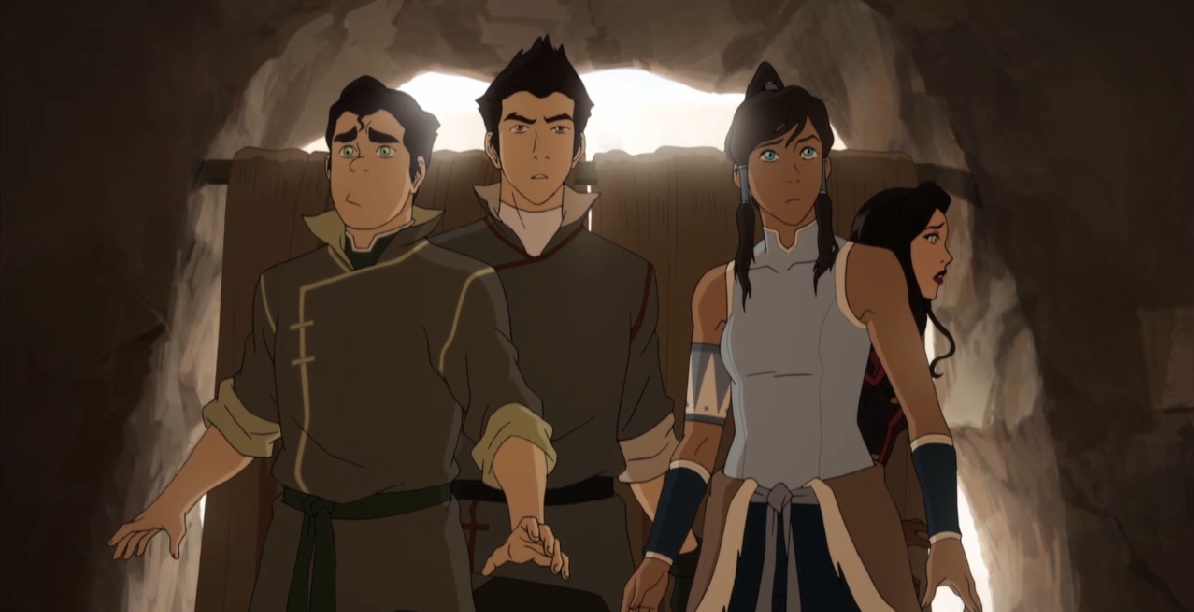
The Legend of Korra, however, does have its fair share of fans who prefer it over ATLA. After it came to Netflix in August 2020, many first-time viewers enjoyed it despite the storm cloud of negativity surrounding the show since the early 2010s. While opinions on the show can be skewed and divided, most Korra fans can agree on one thing: the third season is the show at its best. A quick social media search shows overwhelming praise and positivity when it comes to season three. An engaging plot, well-written villains, the growth of the Avatar world, and strong character moments all combine to make The Legend of Korra’s third season the show’s most robust.
The Legend of Korra‘s Season Three Has A Well-Paced, Engaging Plot
The third season of The Legend of Korra hooks viewers mere minutes into the first episode. In the finale of season two, Korra decides to leave the portals to the Spirit World open after an event called Harmonic Convergence, where the planets align, and the spirit portals at the North and South Poles merge together. Spirits and Spirit Vines begin to overrun parts of Republic City, with both the president and the citizens turning on Korra for her decision. That decision, combined with an immensely powerful and spiritual event, also causes nonbenders to suddenly finding themselves with the ability to airbend. Soon, airbenders, including Aang and Katara’s oldest child Bumi, begin popping up all over Republic City. Korra and her friends decide to travel the Earth Kingdom in order to recruit these new airbenders to join them at The Northern Air Temple in order to achieve Aang’s dream of rebuilding the Air Nation.
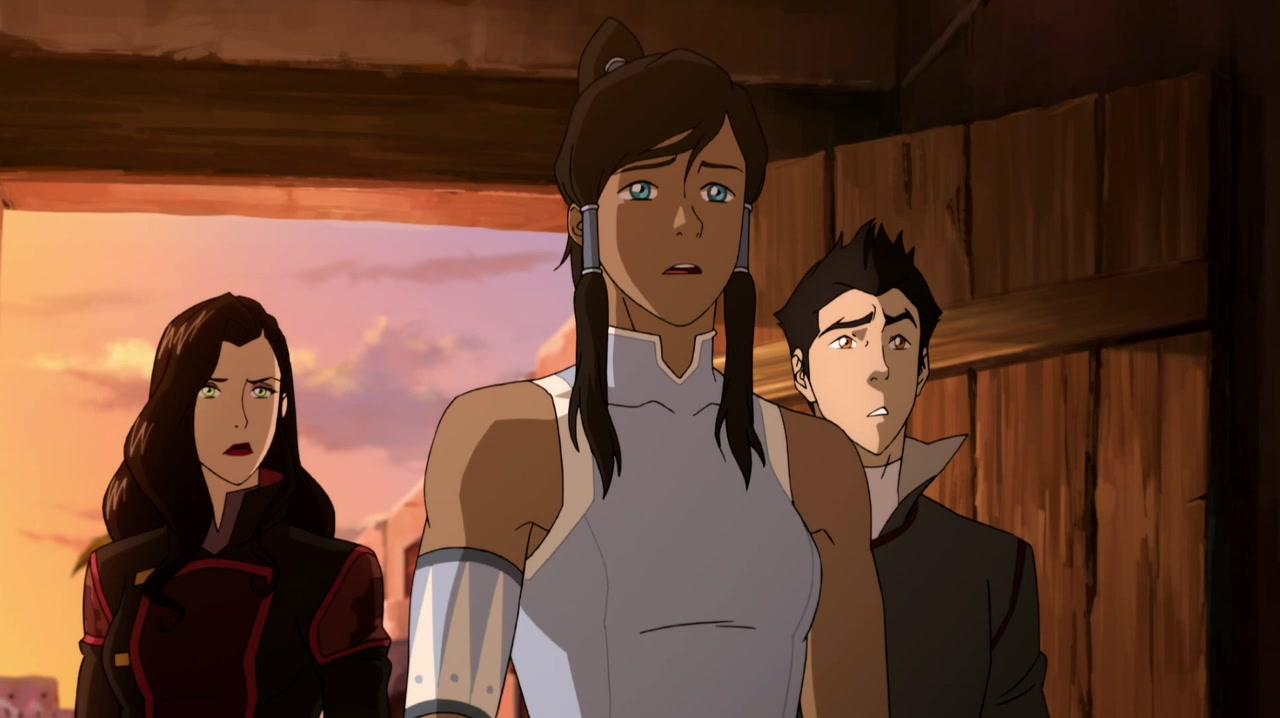
Not all these new airbenders, however, want to use their new ability for good. At the end of the first episode, we follow White Lotus guards making their way to an isolated, singular prison cell high up in the mountains. Inside that cell sits Zaheer, a martial arts master and highly spiritual man who once tried to kidnap Korra as a child. Zaheer is the leader of The Red Lotus, the main antagonists for this season, and now that he’s been gifted the ability to airbend, he uses it to escape his prison cell and go free the other members of his group. For the first time in the history of the ATLA world, we have an airbending villain.
There’s a lot going on in season three of The Legend of Korra, yet the tight pacing and well-structured story arcs never make the plot move too fast or too slow. Every episode ends with the promise of so much more action and character moments to come. Tension slowly builds the longer the season goes on, and by the finale, every scene makes your pulse race faster and faster. You can practically feel the stakes rising higher with every episode, a testament to writing that drastically improved between seasons two and three. The subplots also help hold the audience’s attention when the Red Lotus and Korra aren’t on screen. Each subplot, such as the group freeing new airbenders from Ba Sing Se after The Earth Queen forcibly conscripted them into her army, or Mako and Bolin finding their long lost family, tie back into the main plot, and hold relevancy and weight to the larger story of season three.
The Legend of Korra‘s Season Three’s Villains Are Intimidating
While these threads woven into the story prove to be important and captivating, it’s the villains of season three that really stand out and demand attention from each and every viewer. Unlike Avatar: The Last Airbender, where The Fire Lord and Fire Nation were the ultimate villains, the sequel series follows a different antagonist every season. Season 3 finds Korra and her friends battling The Red Lotus, a secret group that wants to rid the world of leaders, borders, and governments. When Korra was a child, they even tried to kidnap her, as their ultimate goal is to kill the Avatar and end the Avatar Cycle permanently. Each of the four members of the group bring a unique and dangerous fighting style to the mix. Pi Li can combustionbend, Ming Wa is a skilled waterbender who uses water for arms, Ghazan can lavabend, and Zaheer, the leader, becomes one of the lucky non-benders who receives the gift of airbending.
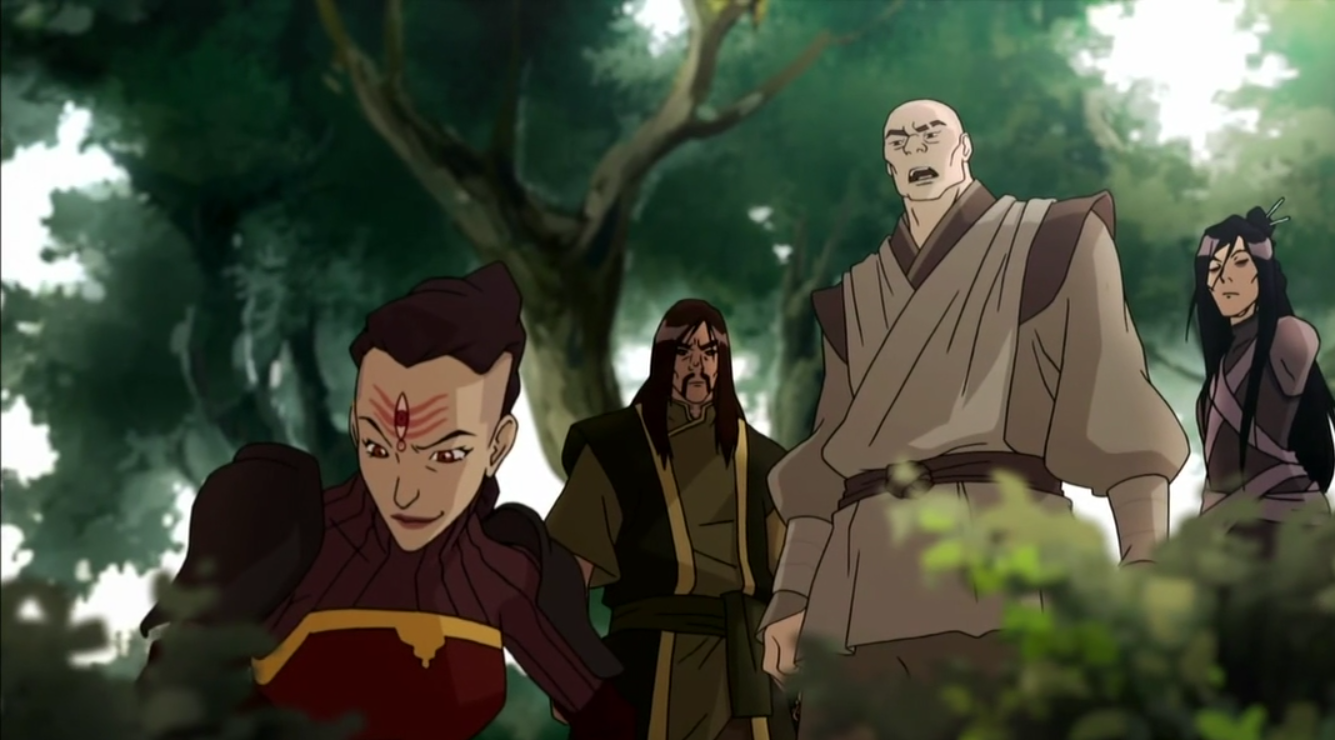
Bending isn’t the group’s only strength. They’re so dedicated to their cause of freeing the world from borders and world leaders that they’re willing to do anything to achieve their goal. The Red Lotus attacks Tenzin, Kya, Suyin, and Lin, along with other members of Korra’s team. They hold the new airbenders hostage and won’t let them go unless Korra agrees to turn herself into them. Zaheer murders the Earth Queen by taking all of the air out of her lungs. Their brutality culminates in the finale, where they pump Korra full of poison in order to force her to go into the Avatar State. Once she does, they plan to murder her, which would end the Avatar Cycle once and for all. While they don’t kill her, they do fill her with poison, and if it weren’t for the airbenders jumping in at the end of the battle, Korra would’ve died.
What makes the Red Lotus so strong as villains lie in both their bending abilities and extreme actions. Combustion and lavabending are both incredibly rare in the Avatar world, even in Korra’s time, and their destructive scopes are much larger than regular fire and earthbending. Ming Wa uses water as her arms, as an extension of herself, and she uses extremely clever methods of fighting, such as freezing the ends to create ice spikes, and Zaheer is so well-versed on the Air Nation’s philosophy and history that he eventually unlocks the ability to fly. He’s only the second person ever in the world of ATLA to achieve this ability. They use their powerful bending abilities to hurt, and even kill, other people.
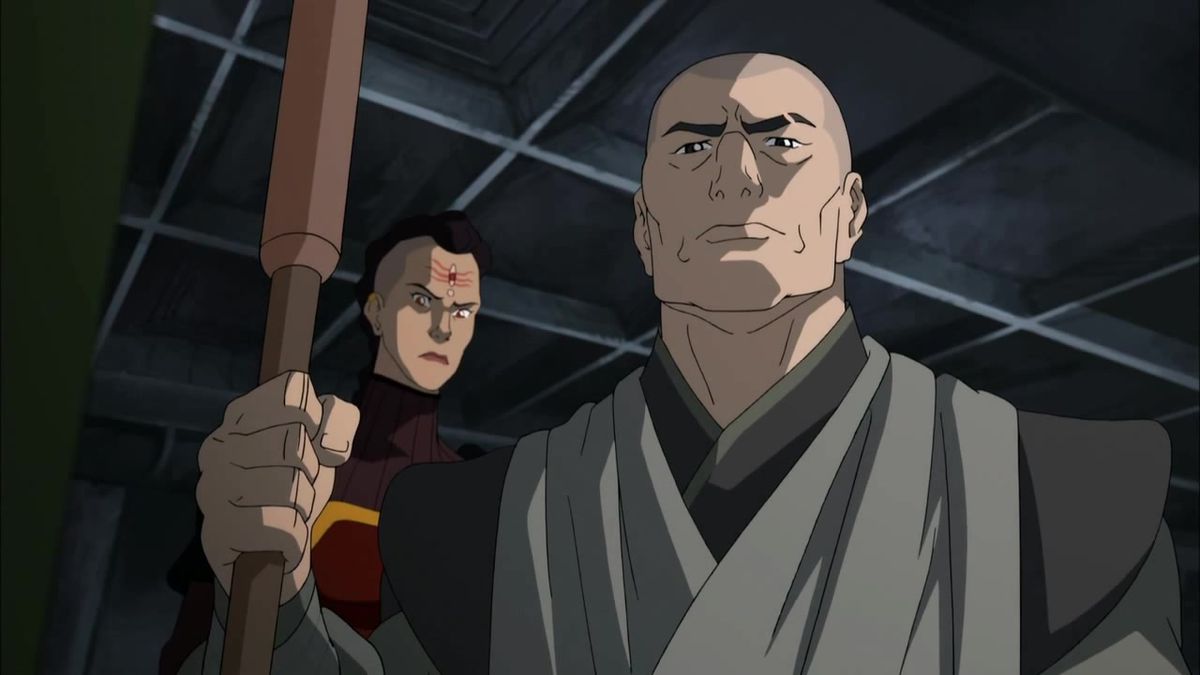
This combination of unique bending and the extreme lengths they go to achieve their goals, goals they truly and earnestly believe in, make them compelling antagonists who strike real fear into both the main characters and the audience. The Red Lotus members all manage to escape prisons specifically designed to hold them forever-Ming Wa in a volcano with no access to water, Pi Li in a frozen underground cell with no warmth, Ghazan in a wooden jail in the middle of the ocean with no pure earth, and Zaheer high in the mountains. But once Zaheer frees himself, he gets his friends out too, and once the Red Lotus is reunited, they’re unstoppable. They’re on a mission, and after thirteen years of incarceration, they’re not going to let anything get in their way, from the new Air Nation to the Avatar herself.
The Legend of Korra‘s Season Three Shows How The Avatar World Has Changed-And Stayed The Same
The third season of Korra naturally shows how much the world has changed since Aang’s time. While the first two seasons show audiences Republic City and the South Pole, both of which have grown, season three takes viewers all around the Earth Kingdom and to the infamous Ba Sing Se, both of which have expanded in some areas and remained the same in others. This season takes the audience further geographically than the previous two seasons combined. While viewers return to familiar locations, new, exciting settings also get to be explored. The metal city of Zaofu proves to be an organic and interesting addition to the Avatar world.
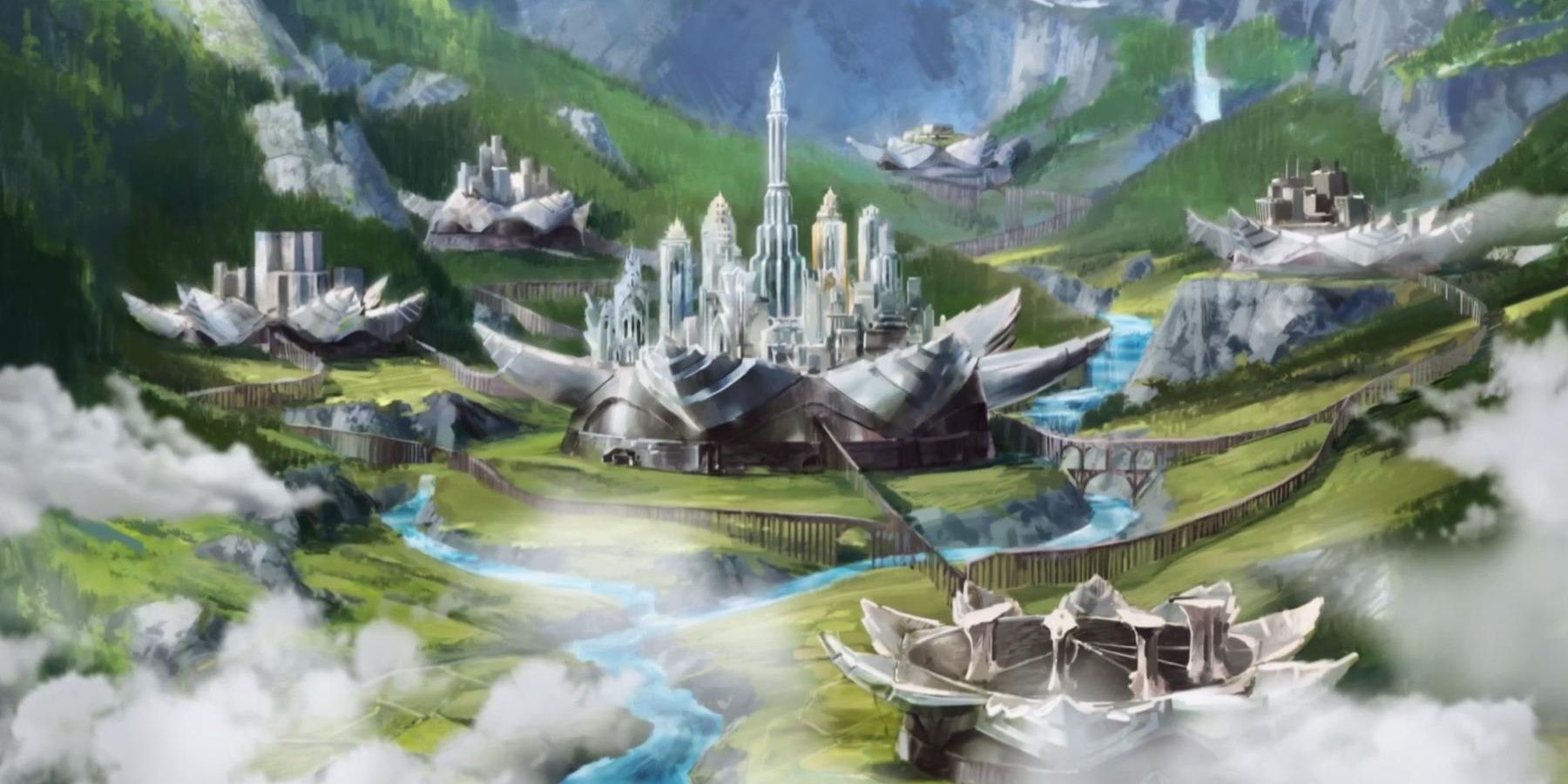
Zaofu, the Metal-bending City, sparkles in the green valley it’s tucked away in. With sleek, solid architecture and a close-knit community of metal benders, Zaofu shows how much Toph’s subgenera of earth-bending has grown since she invented it in season two of ATLA. In fact, it was one of Toph’s daughters, Suyin, who founded the city and built it from the ground up along with her architect husband. The story spends a few episodes in this location, and Zaofu proves to be a setting worth exploring.
Not only do audiences get to see how the Earth Kingdom has changed since we first visited it in season two of ATLA, but we get to see other familiar locations; the Misty Palms Oasis, where Aang and his friends passed through in season two episode ten of Avatar: The Last Airbender, the same desert Aang, Sokka, Katara, and Toph once wandered through, and the Northern Air Temple. These locations provide subtle callbacks to Korra’s predecessor. While the Misty Palms Oasis got a much-needed makeover and the Northern Air Temple is once again full of airbenders, the desert remains the same as when audiences last saw it. The city of Ba Sing Se, while ever-expanding, looks extremely similar, and remains as corrupt as it was during Aang’s time.
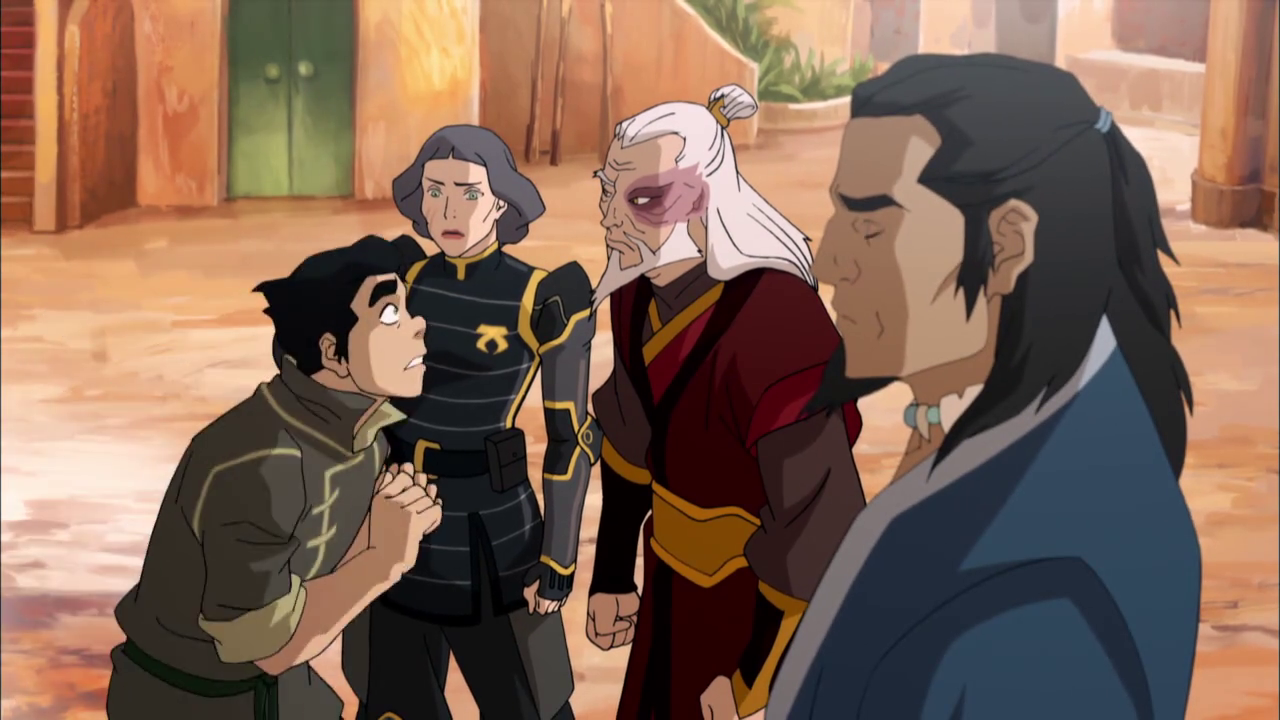
Season Three of The Legend of Korra showcases the ATLA world, and all of its changes, in an organic and engaging way. Following the characters around a new location we’ve never seen in the show helps make the setting of reach episode feel fresh and engaging. The audience gets to follow Korra and her allies through the Earth Kingdom and the Northern Air Temple, and along the way, they get to witness both the changes to the setting and to the main character herself.
The Legend of Korra‘s Season Three Titular Characters Grow
Korra is a fundamentally different character than the avatar who came before her. Unlike Aang, Korra isn’t spiritual, she loves fighting and being the Avatar, and she can be impatient. That doesn’t make her growth and development any less important or substantial than Aaag’s. Like her predecessor, Korra matures and grows up as the season progresses. After her traumatic, brutal battle with Zaheer that nearly killed her and left her paralyzed, the season ends with a close-up shot of Korra crying. Korra’s identity has always been linked to her status as the Avatar, at least in her mind. Now that she’s nearly been defeated, and is incapable of performing her duty to the world, she no longer knows who she is. She’s lost, emotionally broken, and at rock bottom. The events of season three have forever changed her, leaving the door open for her trauma and PTSD get explored in the show’s fourth and final season.
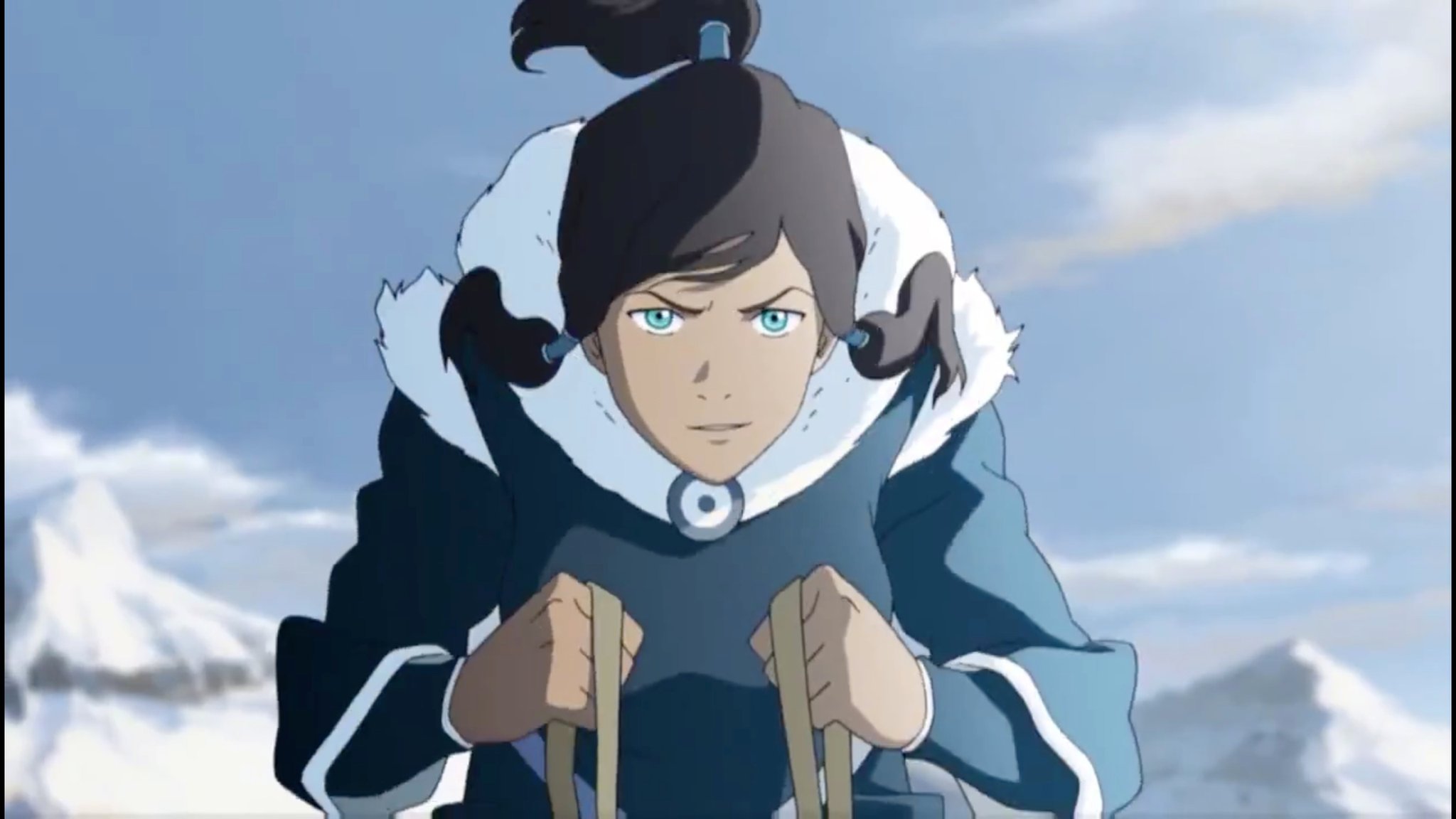
Korra as a protagonist continues to mature, grow into her role as the Avatar, both physically and mentally. It seems like her growth would be a given, as season 3 is rightfully titled ‘Change.’ But even in episode one, Korra shows that she’s not the same girl she was when audiences first met her in the South Pole back in the pilot episode. Sure, she’s still incredibly athletic, a proficient bender in all four elements, and headstrong, but she’s matured. When a new airbender finds himself stuck on top of Kyoshi Bridge in Republic City, Korra joins him and talks him into coming down, rather than rushing in and simply grabbing him. Towards the end of the season, when she needs to negotiate with Zaheer in order to save the Air Nation hostages, she’s willing to sacrifice herself to save others. She handles the situation with the care and delicateness it deserves, truly weighing her options before coming to a conclusion rather than jumping into battle with no plan whatsoever like she did in season 1.
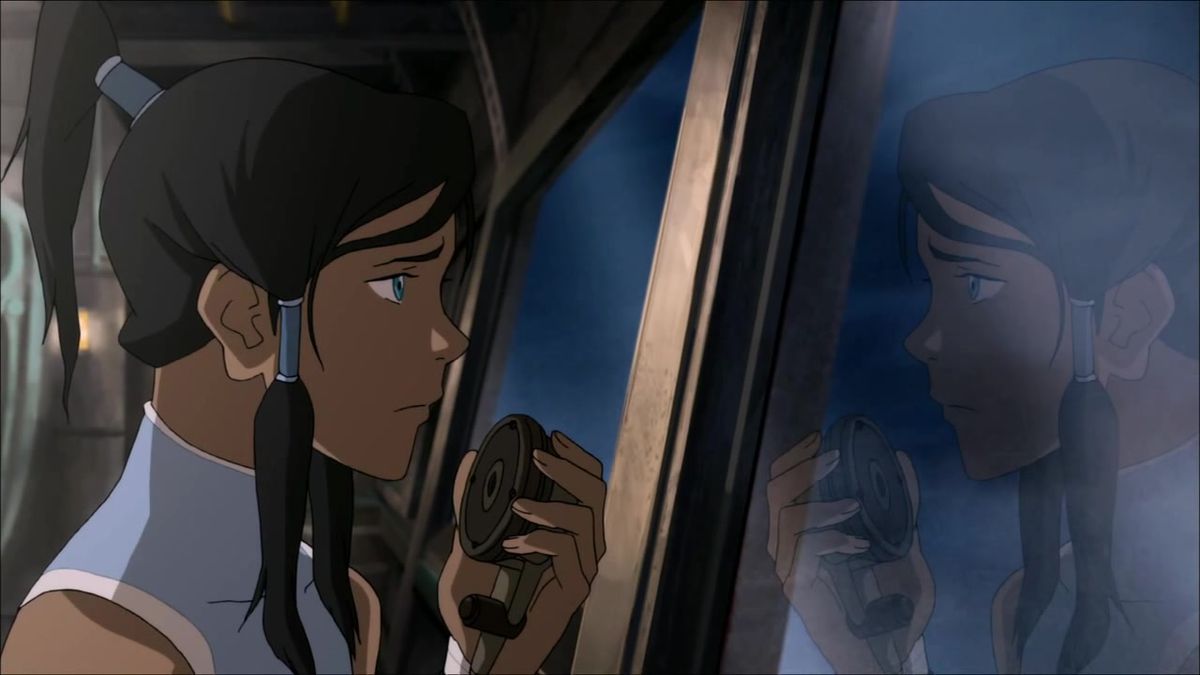
Korra still makes mistakes. She still sometimes lets her temper get the best of her, especially when it comes to authority figures like President Raiko and the Earth Queen. She snaps at both of them numerous times, and even when she has moments of handling conversations thoughtfully, her impatient side still makes an appearance every now and then. But her emotional maturity and physical strength only continue to grow. She and her ex-boyfriend Mako remain friends, and she doesn’t hold any grudge towards him despite how messy their breakup in season two was. She and Asami grow to become friends despite their love triangle drama of seasons past. She stops to think of what the consequences of her actions will be, and instead of kicking down the door and immediately jumping into a fight the way she used to, Korra examines situations before acting. whether it’s hostage situations or stakeouts.
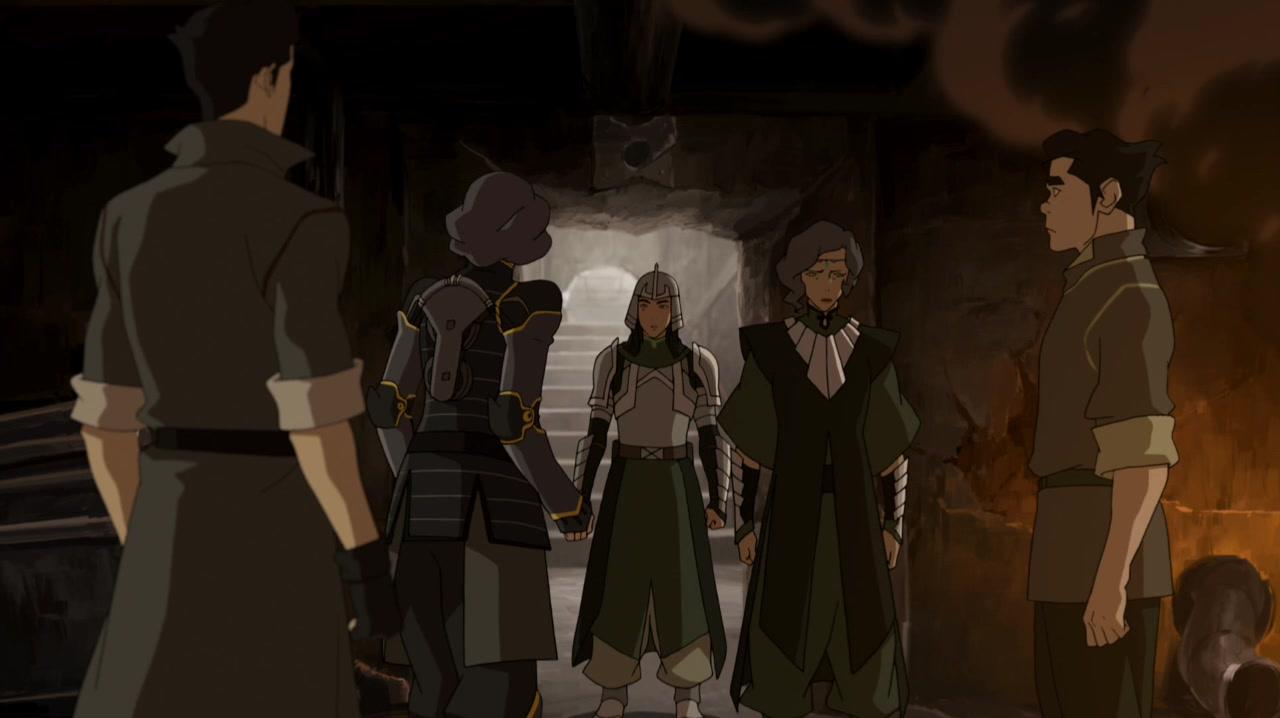
Her growth is important to show because it shows how the events she faces change and shape her. From the moment she left the South Pole in the pilot episode until season 3, the battles she fights, the people she meets, and the journeys she takes allow her to come of age as both a person and the Avatar. Season 3 allows her to not only see more of the ATLA world than ever before but to also navigate how to bring an entire nation back from near-extinction, how to take down a dangerous group who want to kill her, and how to help those with newfound airbending handle this ability. She has so much more to juggle this season compared to the last two, and while she doesn’t always handle things in the best way. season 3 showcases her coming into her own and making choices for the good of humanity rather than for the good of herself.
The Legend of Korra‘s Season Three Allows The Side Characters To Shine
The Legend of Korra boasts an impressively large cast of characters. From Korra’s three friends to her allies Tenzin, Lin, Suyin and her family, her parents, Tenzin’s children, and Aang and Katara’s other two children Kya and Bumi, the side characters can appear to be fighting for screen time. In season three, however, a balance is achieved for nearly all of them. These characters each receive a level of depth and exploration that’s incomparable to any other season of Korra. Tenzin, Aang and Katara’s youngest airbending son, desperately wants to rebuild the Air Nation and achieve his father’s dream.
However, he finds himself struggling to lead the new airbenders, as well as accept the fact that his oldest daughter Jinora is growing up and becoming both a strong girl and airbending leader. Lin and Suyin Beifong, Toph’s daughters, get their backstory and falling out shown, and the two women’s eventual reconciliation gets just enough screen time to leave an impact but not overshadow the main plot. Suyin’s metalbending family, including new airbender Opal, proves to be a welcome addition to the cast, along with new airbender and street-smart thief Kai who helps our group time and time again.
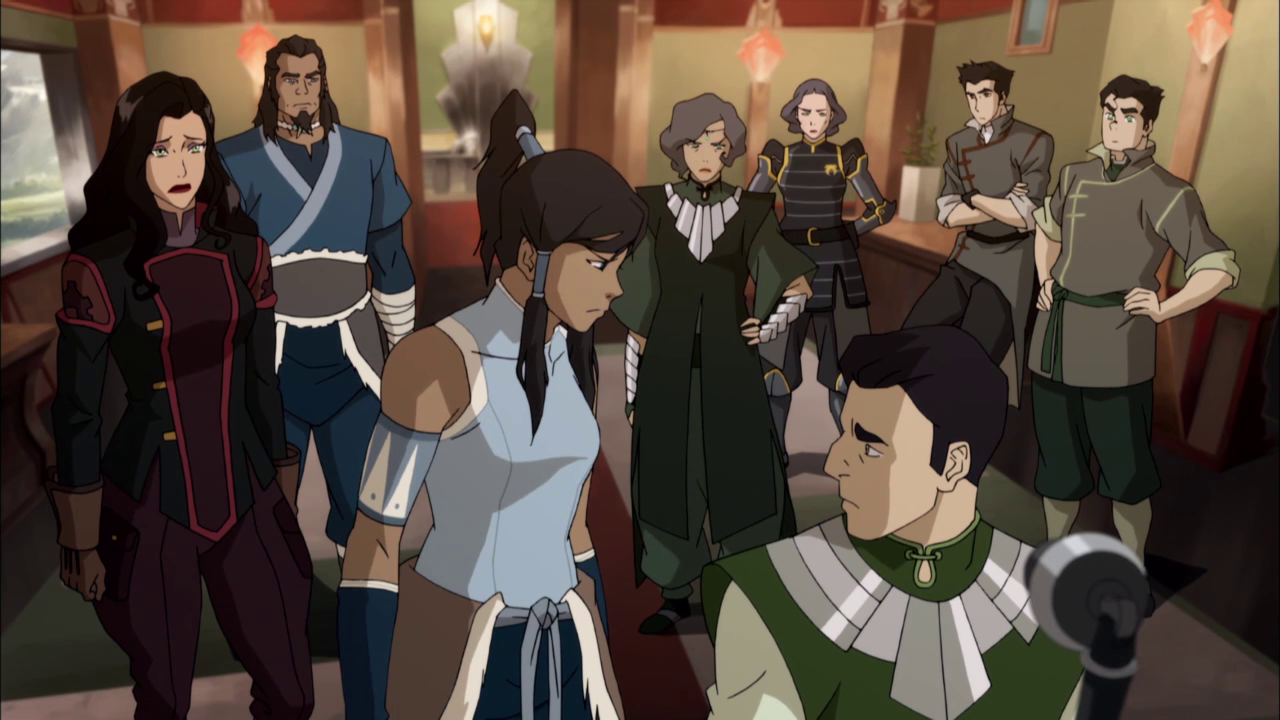
Asami helps Korra whenever the avatar needs her to, and thanks to her scientific smarts, she builds a sand-sailer to get Korra and the airship crew out of the desert after they’re kidnapped and they crash. Bolin, Mako’s brother and Korra’s friend, struggles to learn metalbending and falls in love with Opal. He eventually discovers he can lavabend, which ends up saving Tenzin, Asami, Mako, and himself before the season’s finale. Mako gets to show off his detective knowledge when it’s revealed someone in Zaofu gave Korra’s location to the Red Lotus. While no one in this series gets as much development as the titular character, season three of The Legend of Korra explores side characters both old and new. With a cast this large, it’s hard to give everyone adequate screen time, and Asami and Opal especially don’t get enough screen time. Nevertheless, season three achieves the best balance of developing the side characters while still pushing the main plot onward and forward.
The Legend of Korra‘s Season Three: The Seeds For Korrasami Get Planted
Korrasami, aka Korra and Asami, get together in the show’s finale. paving the way for other cartoons to showcase LGBTQ+ relationships on-screen, such as She-Ra: Princess of Power and The Owl House. Prior to season three, the romantic crux of the story relied on a messy love triangle between Korra, Asami, and Mako. Season three finally moves on from this dragged-on plot point and instead rolls up its sleeves and begins to set the stage for the Korra and Asami romance. While the most they do in the show is hold hands and gaze into each other’s eyes right before the show finale’s credits roll, they do get together and become a couple on-screen. If Korra came out today, I like to think they would’ve shared more than just a longing glance on-screen.
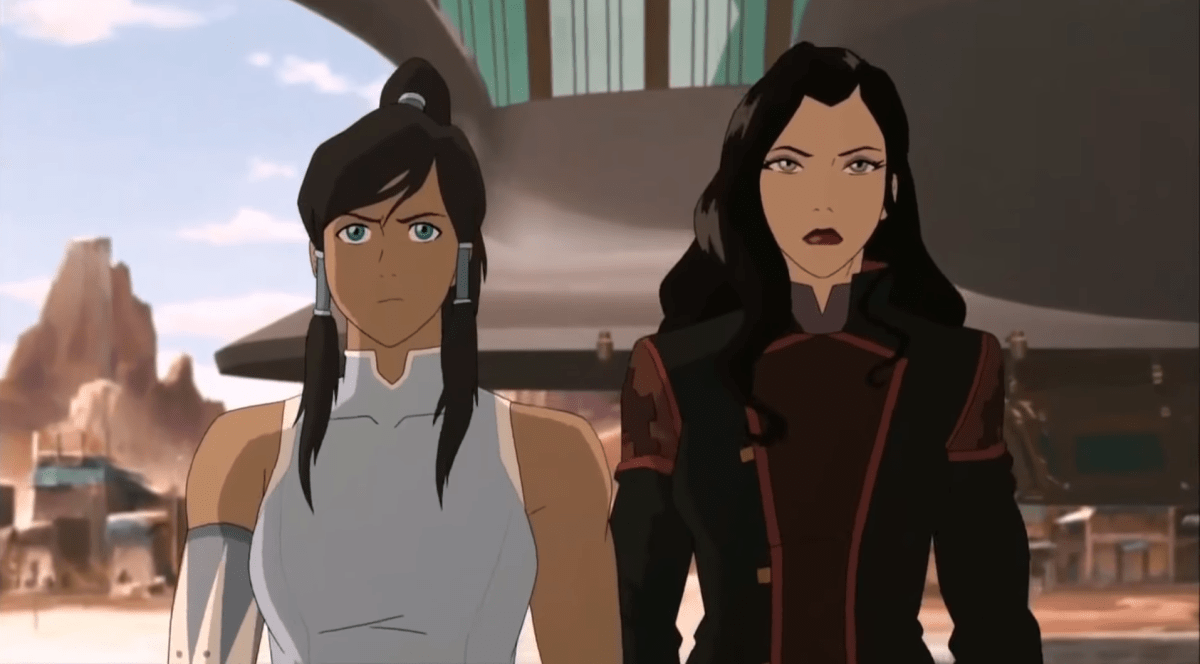
Korra and Asami spend more time together one-on-one in season three than the previous two seasons combined. In fact, the first episode of the season shows the two girls apologizing to each other for the way they behaved during the infamous love triangle saga, as well as driving around and joking with one another. They also get an entire subplot dedicated to just the two of them fighting bandits and realizing the Earth Queen is a selfish ruler, getting kidnapped and stranded in the desert, and having to rely on each other to get out of every situation they find themselves in. When Korra needs to meditate and go into the Spirit World, Asami volunteers to watch over her physical body. When Korra is at her lowest after the final battle with Zaheer, it’s Asami who’s shown taking care of her and promises to be there for her during her recovery.
The mutual trust and respect between the two of them blossoms slowly and realistically. Seeing two women not be pitted against one another and finally teaming up in and outside of fights proves to be refreshing and what the show desperately needed after two seasons worth of needless romantic drama. Korra and Asami get ample time together, and that time showcases their skills and strengths both separately and together. Their bond deepens over the course of season three, and it’s an effective segway into their eventual romance in season four. Korrasami becoming canon was a landmark event in the world of children’s cartoons, as they were one of the first LGBTQ+ couples to be featured in a mainstream Western animated series aimed at kids.
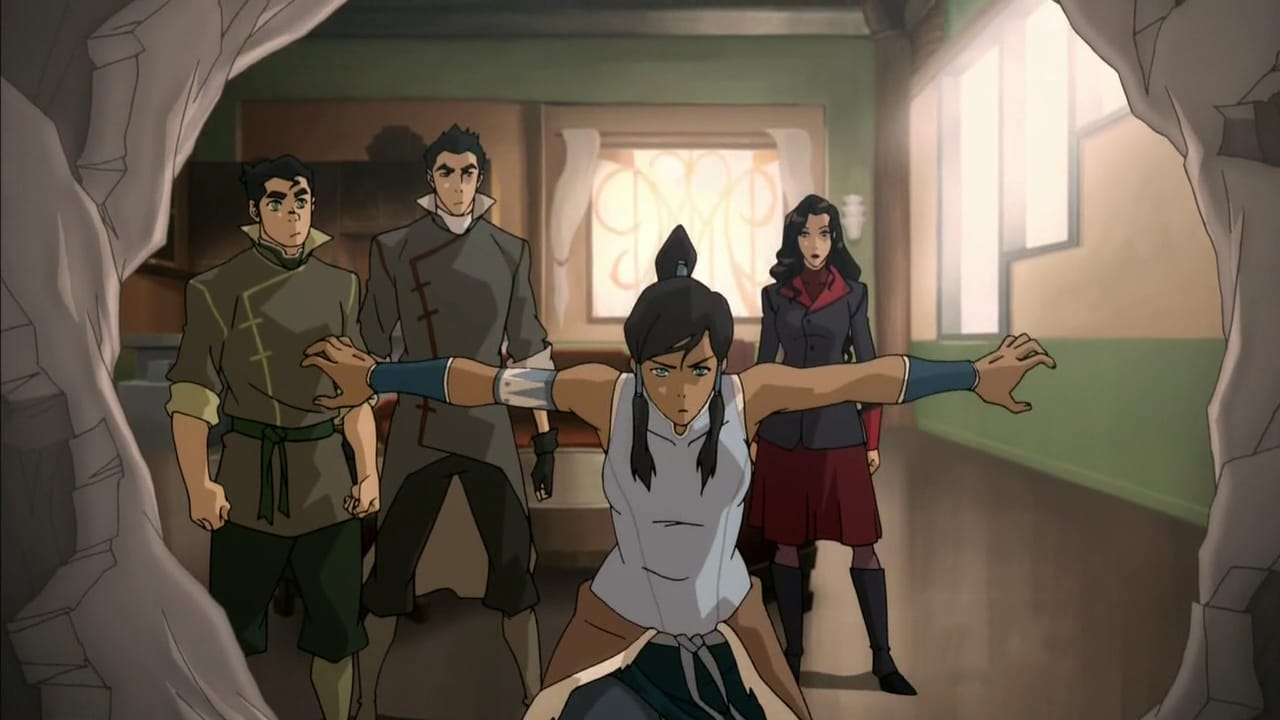
This changed the game for representation. Now, audiences get more explicit depictions of LGBTQ+ relationships in the world of cartoons, from Adventure Time to Steven Universe among others. Korrasami held hands so Adora and Catra could kiss in the last season of She-Ra: Princess of Power. Korra and Asami’s romance may have been subtle, but it set the groundwork for other tv shows to include LGBTQ+ relationships in more explicit ways. Having two bisexual women — two bisexual women of color, no less — get together on-screen and have their relationship continue in the comics was a massive step forward in terms of representation, and the ripple effect Korrasami made can still be felt nearly seven years after the finale aired.
The Legend of Korra‘s Season Three Is The Crown Jewel?
Season three of The Legend of Korra shines the brightest out of the show’s four-season run. From touching character interactions to a captivating plot, complex antagonists, and immense growth for our leading lady, it’s clear that season three earns the title of Korra‘s crown jewel. There’s so much to explore in the impact this season has on Korra as a protagonist and the ATLA world as a whole. The season ends with a mixture of hope and heartbreak. While Jinora gets her airbending tattoos and the Air Nation stands as one for the first time in over a hundred years, Korra’s emotionally and physically devastated. The poison the Red Lotus forced into her body feels as though it’s hanging in the air as the credits for the season three finale roll.
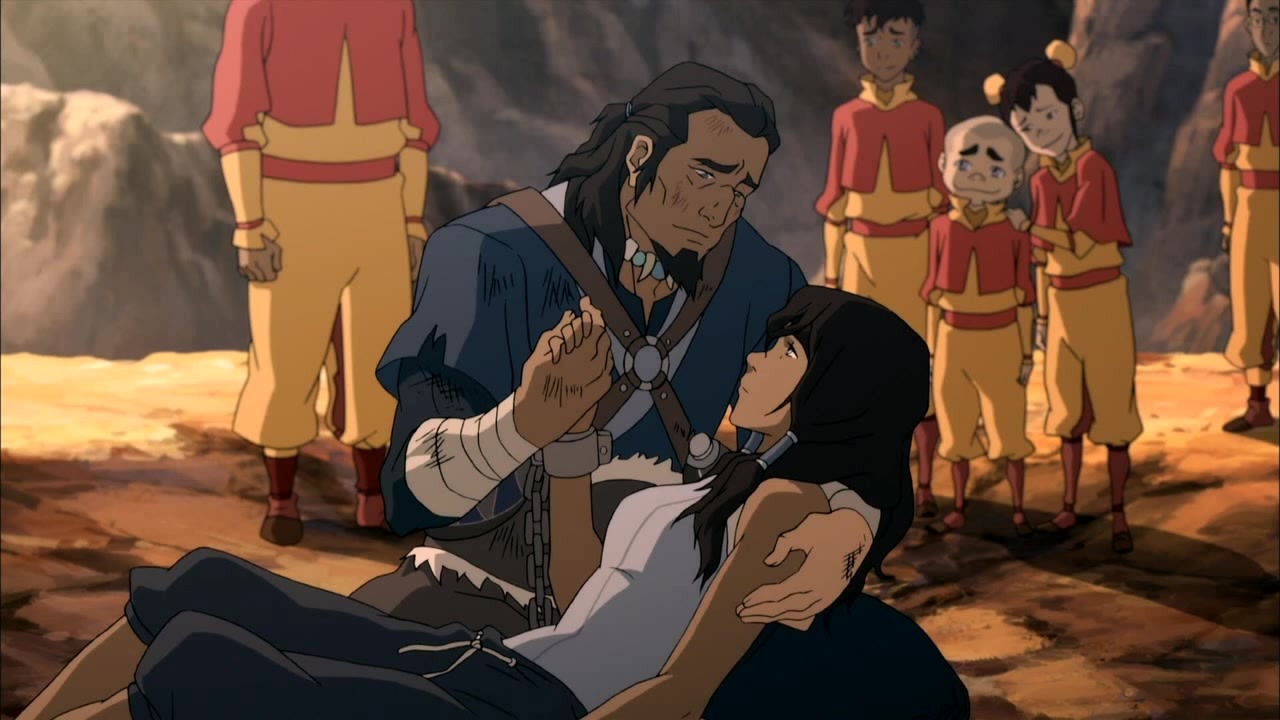
The Legend of Korra has both high and low points amidst its four seasons, but season three stands out and proves to be both enjoyable and emotionally impactful. If you still haven’t made your way through Korra, or the convoluted season two finale left a bad taste in your mouth, season three of The Legend of Korra proves to be a refreshing palette cleanser and immensely entertaining ride.
